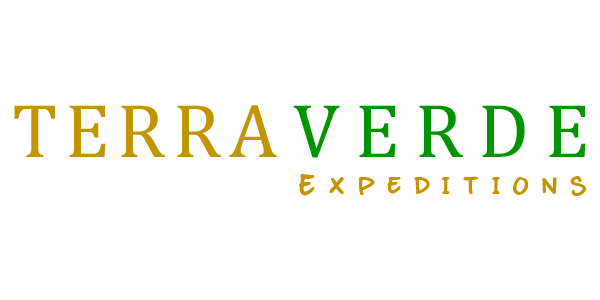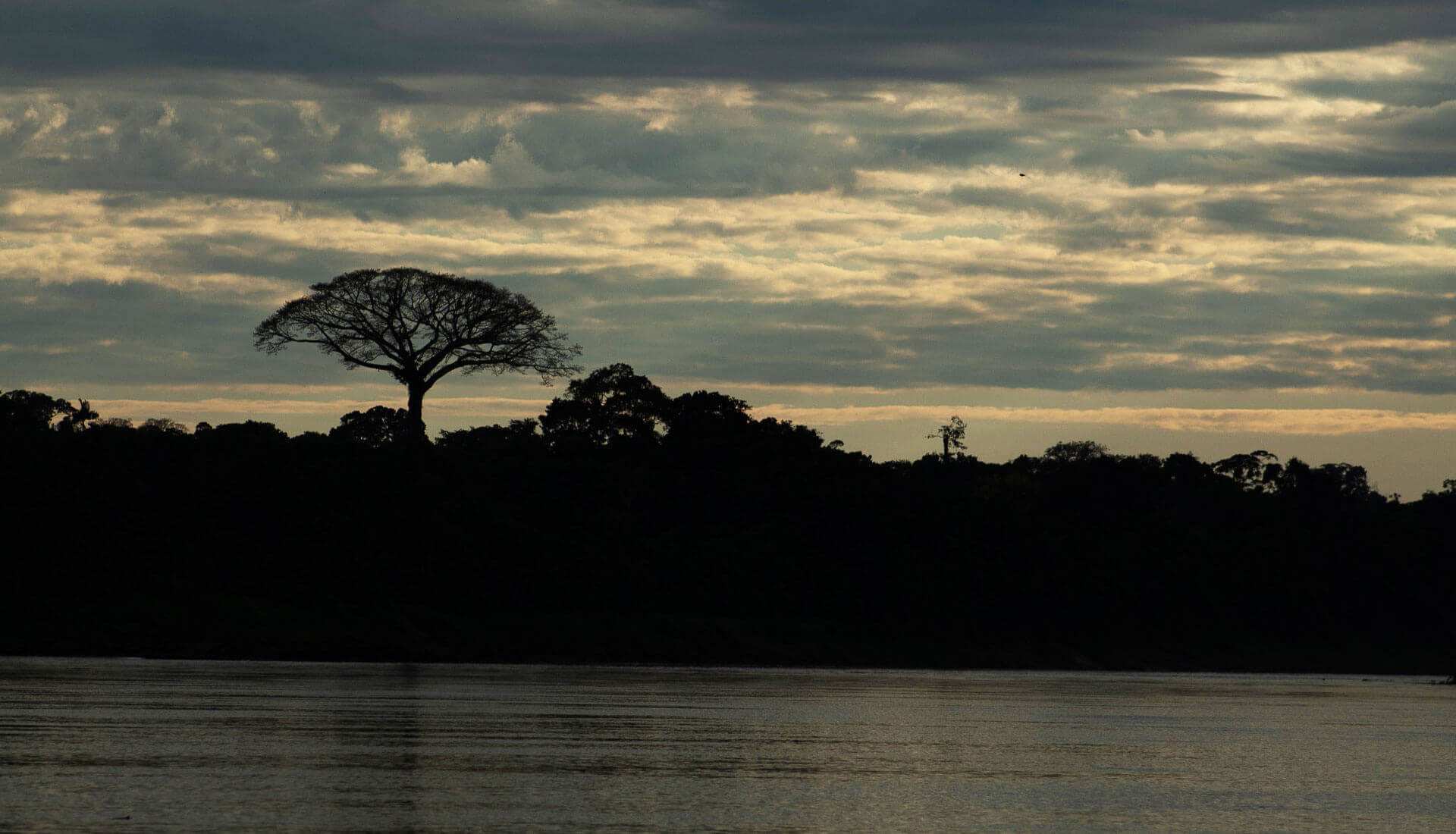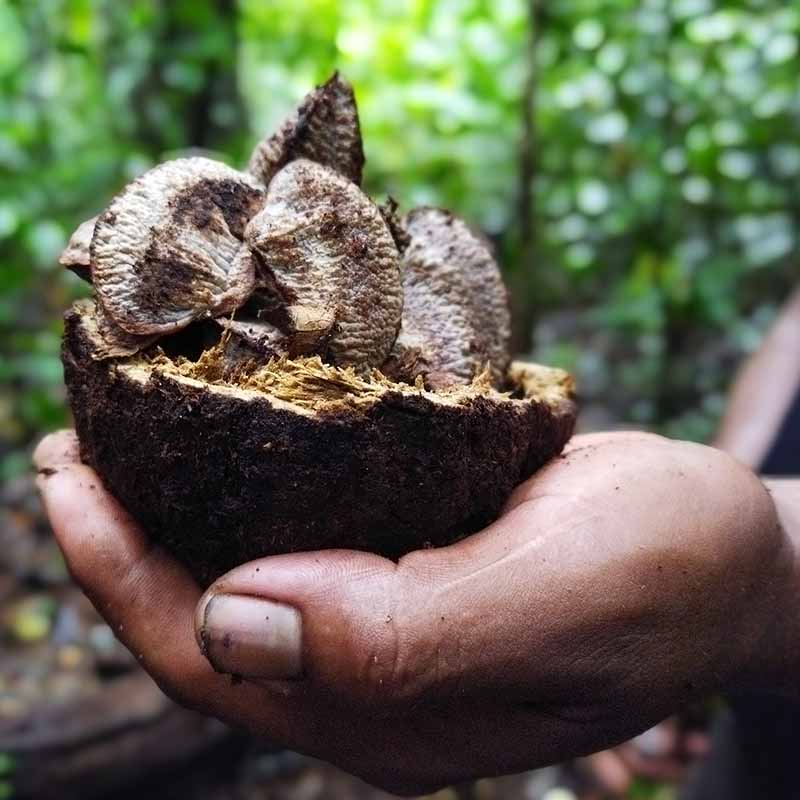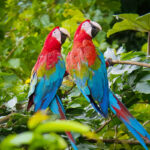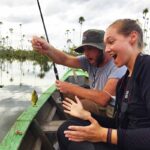ORIGIN OF THE CHESTNUT OR ALSO CALLED BRAZIL NUT
Bertholletia excelsa is a tree native to South America.
BOTANY OF NUT
- Family: Lecythidaceae
- Habit: evergreen tree
- Growth rate: medium
- Pollinators: bees
- Self-pollinating: No
- Growing Season: Cultivated, wild.
Brazil nut trees, better known locally as “castañas” are some of the tallest in the Amazon, and extend up to 50 meters (160 feet).
The nuts themselves into coconut-like shells that weigh up to five pounds and are so hard that we can only crack them open with several machete blows. the nuts are packed with healthy fats, protein and vitamins, making them popular around the world.
HOW ARE BRAZIL NUTS HARVESTED?
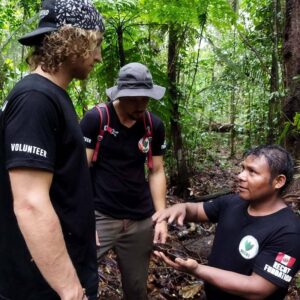
Are typically harvested from mid-September through November and are one of the easiest nut varieties to harvest and prepare for storage. Here’s what to do:
Wait for the nuts to fall to the ground.
Gather all the nut coconuts (you’ll definitely want gloves for this job).
Remove the nuts from the coconuts.
Discard any nut with wormholes or other signs of damage.
Immediately store the nuts in airtight containers and refrigerate or freeze.
The nut provides various health benefits such as:
- Protects heart health.
- Cancer prevention.
- Maintains brain health.
- Maintains healthy hair and nails.
- Reduces high blood pressure.
- Strengthens the immune system.
- Regulates thyroid.
- Source of energy.
NUTRITIONAL VALUE
For every 100 grams of nuts we would be consuming:
- 656 kcal
- Protein 14.34gr
- Fat 66.22gr
- Fiber 5.4gr
- They also contain vitamin E and B complex vitamins (B1, B2, B3, B6, B9).
Among the minerals that stand out in nuts are potassium, phosphorus, magnesium, calcium and a significant amount of selenium that exceeds its presence compared to any other plant or animal food.
Agoutis and squirrels are the only dispersers nut seeds. Agoutis are common in the Amazon jungles of Tambopata and elsewhere. Rodents adapted to search for seeds on the forest floor.
DISPERSION BIOLOGY
Agoutis and squirrels are the only animals capable of efficiently gnawing through the extremely woody pericardia. They eat some of the seeds and store others for later use. Consequently, the seeds are either eaten and destroyed or left in a forgotten place where they may eventually germinate 12 to 18 months later. Many local communities depend on the collection and sale nuts as a vital and sustainable source of income.
NUT HARVESTING
Nut fruits weigh 0.5-2.5kg and fall from a height of 40-50m, injuries and deaths of pickers hit by falling fruit have been reported. The collectors carry a basket on their back to store them, they use a stick in the shape of a hand to avoid contact with the coconuts, so they can avoid any kind of bites from spiders, snakes, ants. they gather them in a collection center to break the coconuts and take out only the nuts, then dry them and peel them.

